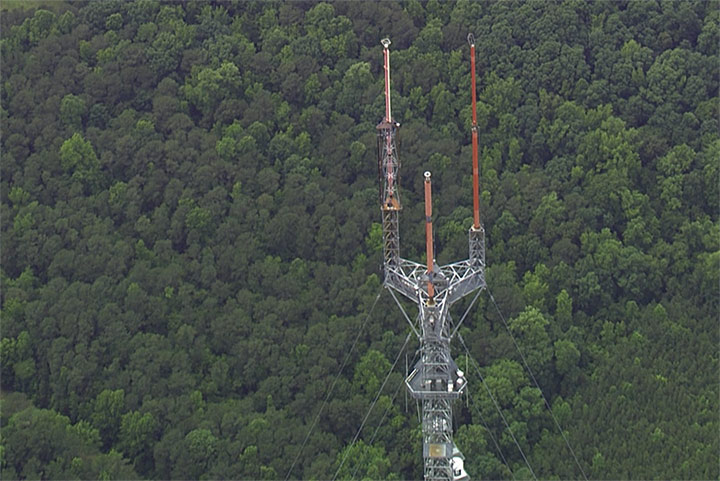Up to now, the hardest part about changing channels has been digging the remote out from the back of the couch cushions. However, with the conclusion of the recent broadcast spectrum incentive auction, nearly 1,000 TV stations must move to new channels or frequencies – an incredibly complicated, dangerous and expensive task. The above video gives you an idea of just how difficult this is going to be.

A 2,000 ft broadcast tower in Raleigh, N.C.
Only a handful of crews in the U.S. are able to complete this work, which will involve scaling colossal broadcast towers and replacing antennas that weight upwards of 21,000 lbs.
Seventy million Americans rely on an antenna for free, over-the-air TV and are at risk of losing access to their local channels when TV stations move. These viewers will need to rescan their TV sets at the appropriate times to continue watching TV for free.
And it’s not just TV that is impacted – some radio stations that share a tower with a moving TV station will have to power down while the work is being completed. This could mean some radio stations are off the air for days.
Broadcasters are working to educate Congress and viewers on the task before them. You can find out more at nab.org/tvstationmoves.

